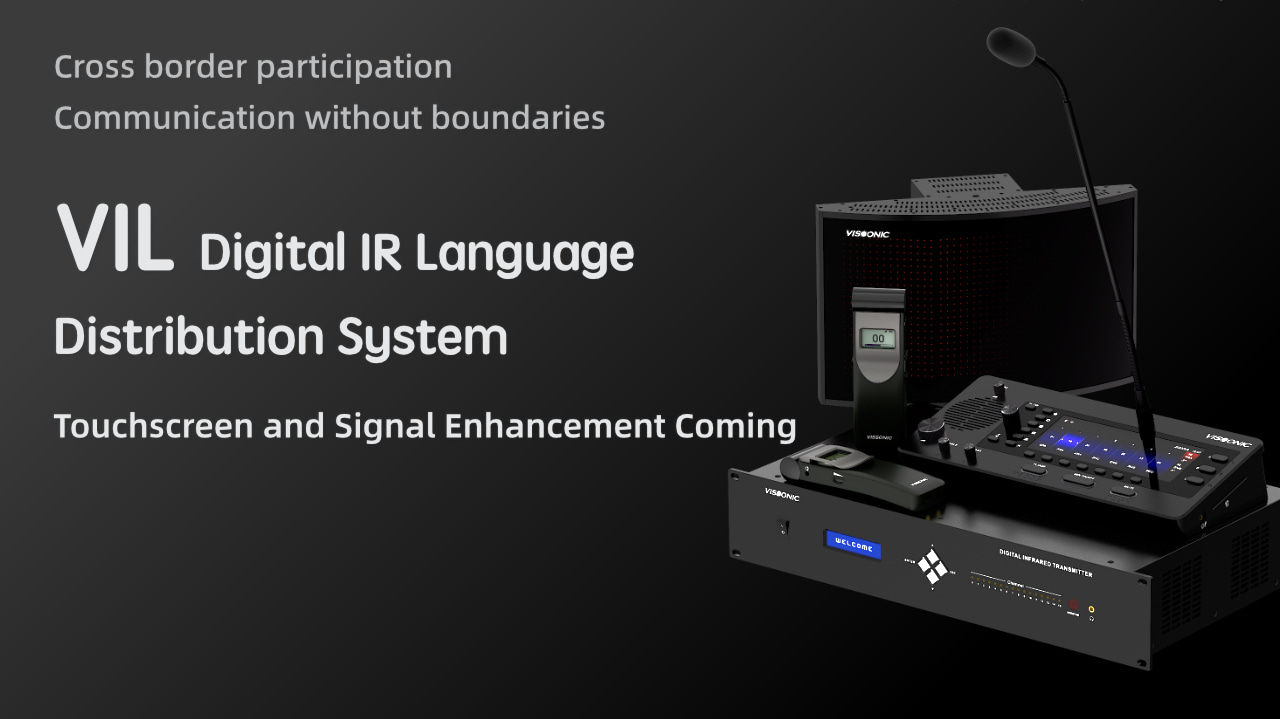What Is a Digital Signal?
The digital signal is a type of signal that represents information in a discrete, binary format. Unlike an analog signal, which varies continuously, a digital signal consists of distinct values, often represented as sequences of 0s and 1s. These binary values correspond to the "on" and "off" states in a digital system.
Characteristics of a Digital Signal
Discrete Levels: Digital signals have fixed levels (e.g., 0 and 1 in binary systems).
Time Discreteness: Information is sampled at specific intervals in time.
Noise Resistance: Digital signals are less susceptible to noise compared to analog signals, making them more reliable for transmission and storage.
Encoding Information: Digital signals encode data using binary codes, enabling complex information such as text, images, and video to be represented efficiently.
Full Digital Wired Discussion Unit with Physical Button
Advantages of Digital Signals
Accuracy: Higher precision in representing data.
Error Detection and Correction: Easier to implement compared to analog systems.
Integration with Digital Systems: Digital signals are compatible with computers and other digital devices.
Reproducibility: Data can be copied without degradation.
Examples of Digital Signals
Digital audio (e.g., MP3 files)
Digital video (e.g., MP4 files)
Data transmitted over computer networks
Signals in microcontrollers and processors
In modern technology, digital signals are essential for virtually all electronic communication and computing systems.













